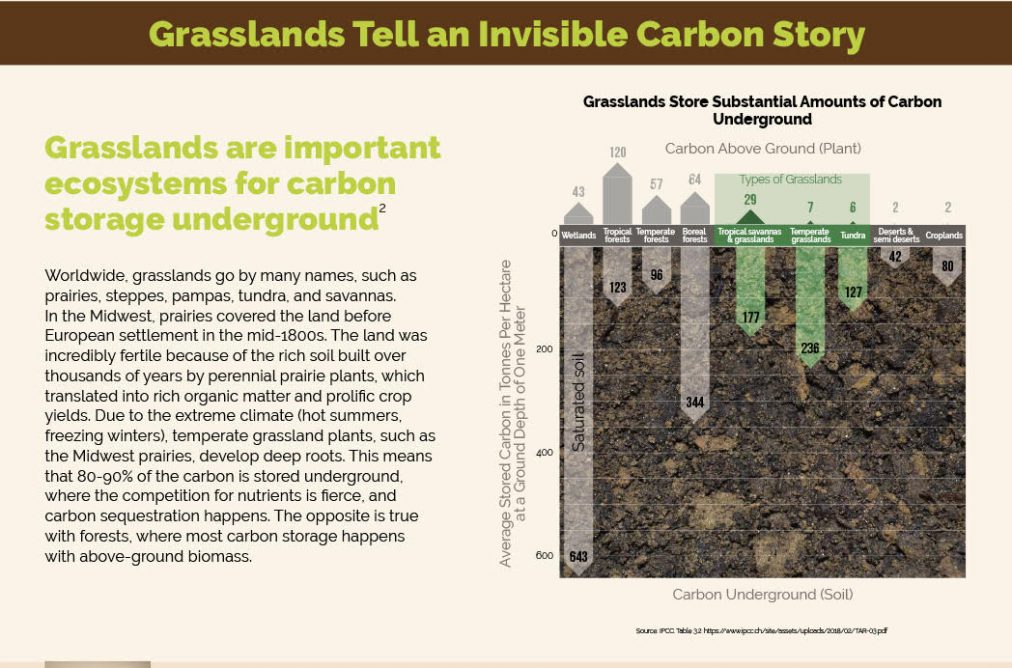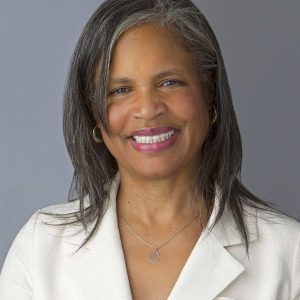Last week the MASD Merit Scholarship Winners for MASD were announced. Images of Tania Kac’s project shown here focuses on using information graphics from her Course, Visual Communications for Sustainability taught by Holly Robbins to explore “Grassland Protection” under “Land Sinks.” Here is her personal statement and inspiration behind it.
“I wanted to explore “Grassland Protection” under “Land Sinks.” Grasslands are some of Earth’s most biologically diverse biomes, powerhouses of carbon storage underground, and very resilient to rising temperatures. There is a misconception that grasslands are just empty landscapes. I wanted to make a case for protecting grasslands from conversion to agriculture and urban development, sustainable management using integration methods, and restoration of damaged ecosystems. This strategy aims to reduce 3.35-4.25 gigatons of Co2e reduced/sequestered worldwide by 2050.
The audience for this infographic is a Midwestern landscape farmer in the United States who may be skeptical of adopting sustainable practices or participating in carbon markets. I want to raise awareness among farmers that they can play a huge role in capturing carbon from the atmosphere and help them realize the benefits of grasslands in their farms. They can feel inspired to be the heroes in this sustainability story. Moreover, it is not an all-or-nothing proposition. Partial soil conversion from cropland to prairies is a compromise that can work. Integration methods, such as Iowa State University’s Prairie STRIPS (Science-based Trials of row crops Integrated with Prairie Strips), are good examples.
This project allowed me to explore how to enlist “the unconvinced” and communicate the carbon capture message to an audience not necessarily receptive to anthropogenic carbon emissions, such as the farming community. I avoided words like “climate change” and jargon, opting for plain language as much as possible. According to Dr. Caroly Shumway, people to the right of the political spectrum respond to words/ideas related to “Responsibility, Protection, and Obligation.” The #1 motivator for that group is the notion of “Legacy.” So, the infographic’s main headline and the call-to-action at the end appeal to this primary motivator.
This project relates to my professional goals and thesis by seeking opportunities to expand my skills beyond visual design to communicate ecological literacy with psychology, science, materials, research, and systems thinking.”

